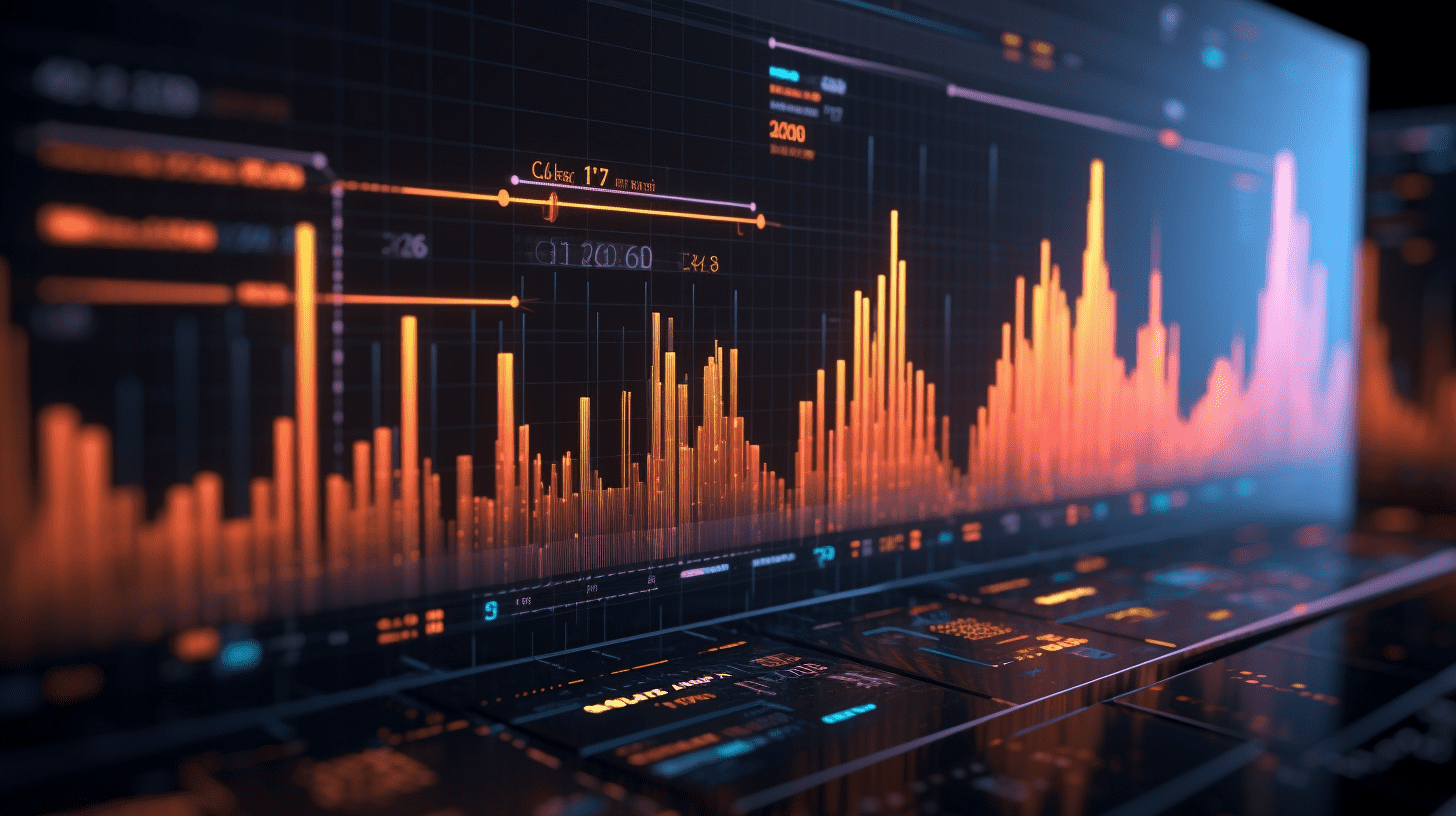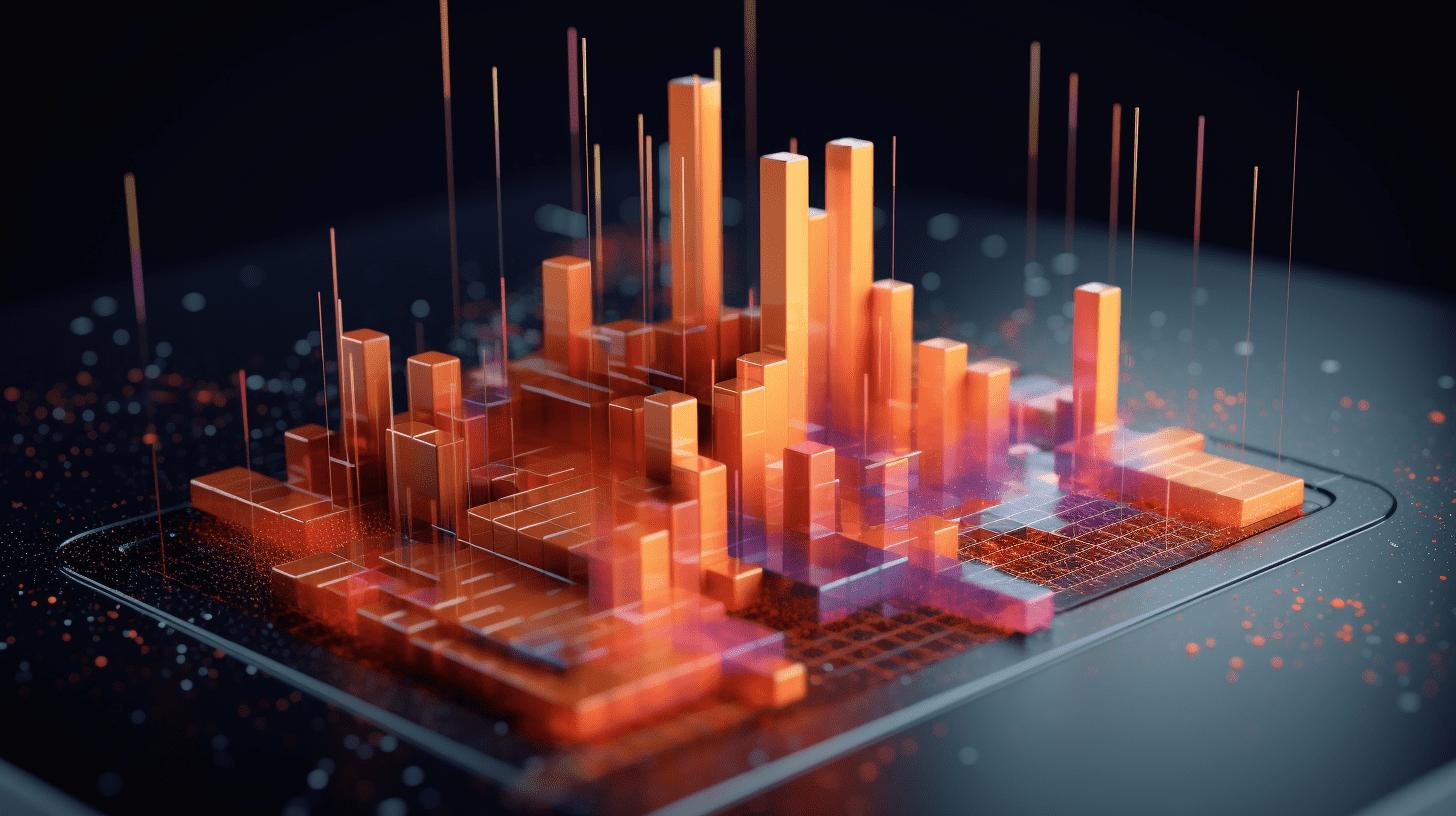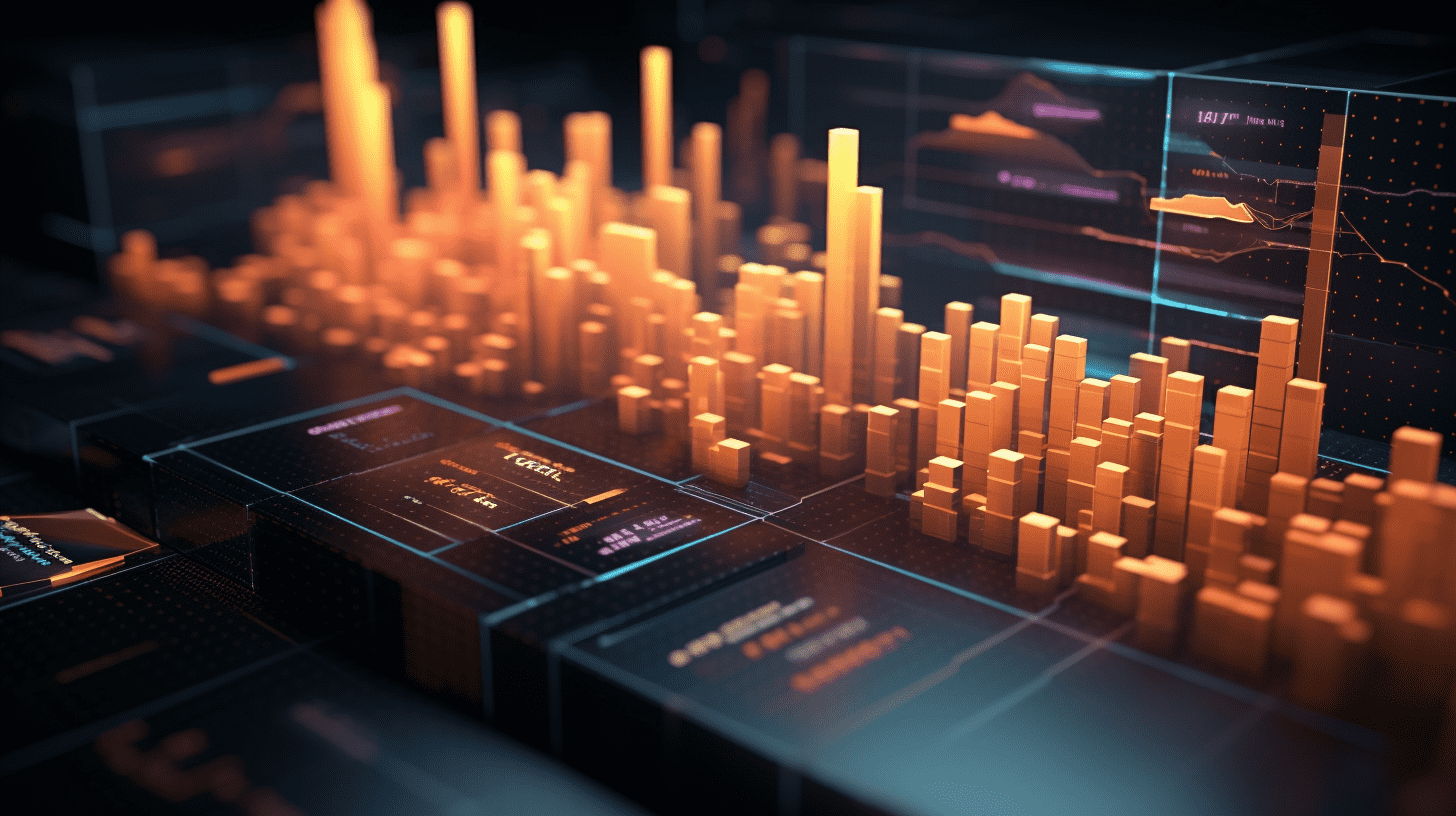The best AI up to now? An article by Deutsche Bank reveals six key points of GPT-5.
A recent report from Deutsche Bank pointed out that the launch of GPT-5 will have significant impacts on six aspects including model capabilities, user experience, commercialization path, industry competition, company strategy, and computing power requirements.
OpenAI has officially released its highly anticipated GPT-5 model, which is not only a key step in the company's development path, but also seen as a crucial test for the sustainability of the current artificial intelligence boom by the industry.
A recent report by Deutsche Bank pointed out that the launch of GPT-5 will have significant impacts on six aspects including model capabilities, user experience, commercialization path, industry competition, company strategy, and computational power.
This release comes at a critical moment for the AI industry to prove its commercialization capabilities. In the past two years, the optimistic outlook for artificial intelligence has more than doubled the combined market value of the "tech seven giants," increasing their weight in the S&P 500 index from 20% to nearly 32%. The ability of GPT-5 to attract spending from enterprise clients will directly affect whether this AI-driven market wave can continue.
The report by Deutsche Bank provides a clear framework for investors and market observers to understand this significant event. Here are the six key highlights summarized in the report.
Stronger, faster, smarter, but not "super-intelligent"
According to Deutsche Bank, contrary to some radical expectations, the focus of GPT-5's release is more on the enhancement of actual capabilities rather than grand narratives about "super intelligence" or "autonomous agents." Sam Altman defined the new model as "practical, intelligent, fast, and intuitive" at the launch event, contrasting with his dramatic statement last month that "GPT-5 is almost smarter than us in every way."
Ethan Mollick, a professor at the Wharton School of the University of Pennsylvania, who obtained early access, described its performance as "extraordinary," and developer Simon Willison also stated that GPT-5 has become his "favorite new model," although it "does not deviate significantly from previous models," it "rarely makes mistakes, feels competent overall, and occasionally impresses." Even the skeptical scholar Gary Marcus believes that, while not a "huge leap," the new model has made "good progress" in several aspects.
This series of feedback indicates that the progress of GPT-5 is sufficient to alleviate recent market concerns about whether "further expanding the scale of the model will still yield returns." It was reported that OpenAI had been working on developing a model worthy of being called "GPT-5," and this release undoubtedly proves the effectiveness of its technical path.
From manual to automatic, ChatGPT experience upgraded
In the past, users often had to manually select between different versions of the ChatGPT model to focus on different functions, such as general, inference, or coding. Now, GPT-5 integrates these models into one system, automatically switching between lightweight models for handling simple questions and deep reasoning models for solving complex problems.
Deutsche Bank stated that this improvement greatly reduces the barrier to entry, allowing non-professional users to access its advanced features. In addition, the new version focuses more on user interface and experience, introducing features such as predefined chat personalities, customizable interfaces, and control over the degree of detailed answers. Importantly, users will be able to link this tool with Google Calendar and Gmail accounts, which could open the door to countless personal daily use scenarios. As a supporter of OpenAI, Microsoft has also announced plans to integrate GPT-5 into various products, including 365 Copilot.
Empowering the developer ecosystem, a key to monetizing AI
After showcasing capabilities for general users, OpenAI shifted its focus to its developer API platform, detailing the powerful capabilities of GPT-5 in the coding field. The new model can create websites, games, and applications from scratch, manage long-running agent tasks, and debug errors. This advancement will make "vibe coding" (intuitive programming) based on simple text prompts more popular.
The business logic behind this is that programming is increasingly seen as the forefront of generative AI commercialization. According to data from The Information, nearly $30 billion of OpenAI's annual revenue of $120 billion comes from API interfaces, mainly used by developers for coding assistance. Its competitor Anthropic is similar, with over $30 billion out of its annual revenue of $50 billion from APIs, with nearly half contributed by coding assistants.
OpenAI rallies, timing is crucial
Deutsche Bank states that this release is critical for OpenAI. According to media reports this week, the company is in negotiations for a new round of employee stock secondary sales, with a valuation that could reach $500 billion, far exceeding the $300 billion valuation in April. To build momentum, OpenAI has been active recently, including providing enterprise edition services to US federal government agencies, releasing open-source weight models for the first time in five years, and announcing that its weekly active user count has reached 700 million, with paid commercial users increasing to 5 million.
However, the company also faces immense pressure. According to The Information, its cash burn for 2025 is expected to increase to $8 billion, and several top employees have already flowed to competitors like Meta. Meanwhile, internal discussions continue about whether the company should transition to a for-profit entity, reflecting disagreements with its main partner Microsoft on cloud service collaboration, acquisition strategies, and model development. The successful release of GPT-5 injects much-needed vitality into OpenAI.
How will competitors react?
The escalated actions by OpenAI are bound to provoke responses from competitors. According to SimilarWeb data, ChatGPT currently has a monthly visitor count of 5.7 billion, far surpassing the second-ranking Google Gemini and DeepSeek with approximately 700 million and 350 million respectively.
During the launch event, xAI founder Musk posted on the X platform that his Grok 4 model released last month is "much better now." Microsoft CEO Satya Nadella responded, saying that competition is the fun part in this field. Despite leading in traffic, ChatGPT still needs to compete with existing giants deeply embedded in search engines and applications. Google announced last month that its AI Overviews feature has a monthly user base of 2 billion.
Meanwhile, competitors are narrowing the quality gap with ChatGPT. Claude from Anthropic is considered capable of matching ChatGPT in writing and coding, with an estimated valuation of $170 billion; xAI's Grok and Perplexity have also achieved high valuations based on strong performance in their respective fields.
The race for computational power is far from over
Large-scale general models rely on massive computing power. Super-large-scale cloud service providers such as Amazon AWS, Microsoft Azure, Google Cloud, and Meta have announced that they will invest nearly $400 billion in capital expenditures this fiscal year, with most of it dedicated to purchasing NVIDIA GPU chips for data centers.
The emergence of DeepSeek had previously led to speculation in the market that small, low-power-consuming models might be the future direction, potentially rendering massive capital expenditures unnecessary. However, the release of GPT-5 indicates that large-scale general models with comprehensive capabilities are still thriving.
Deutsche Bank suggests that the market is more likely to see a differentiation in the future: on one hand, commoditized open-source models that run cheaply and quickly on end devices and cars; on the other, heavyweight general AI used by enterprises, governments, and high-end consumers for coding, data analysis, and content generation, among other high-intensity tasks. This implies that the demand for high-end chips is far from over.
This article is from "Wall Street View" and the author is Zhang Yaqi. GMTEight editor: Liu Xuan.
Related Articles

Federal Reserve Vice Chairman Bowman stated that he still supports three interest rate cuts this year, and the first one may happen in September.

Land market "ignites when meeting the best", who is buying land crazily?

"If AI doesn't step up soon, it will be too late! Wall Street warns: Apple Inc. (AAPL.US) may be facing a 'BlackBerry Limited moment'"
Federal Reserve Vice Chairman Bowman stated that he still supports three interest rate cuts this year, and the first one may happen in September.

Land market "ignites when meeting the best", who is buying land crazily?

"If AI doesn't step up soon, it will be too late! Wall Street warns: Apple Inc. (AAPL.US) may be facing a 'BlackBerry Limited moment'"

RECOMMEND

Seven Ministries Issue Comprehensive Roadmap for Brain-Computer Interface Industry Advances
08/08/2025

GPT-5 Makes a Late-Night Debut as Microsoft Leads Integration; Institutions Optimistic About Accelerated AI Programming Development
08/08/2025

Federal Reserve: U.S. Consumer Inflation Expectations Rose in July, Labor Market Sentiment Improved
08/08/2025


